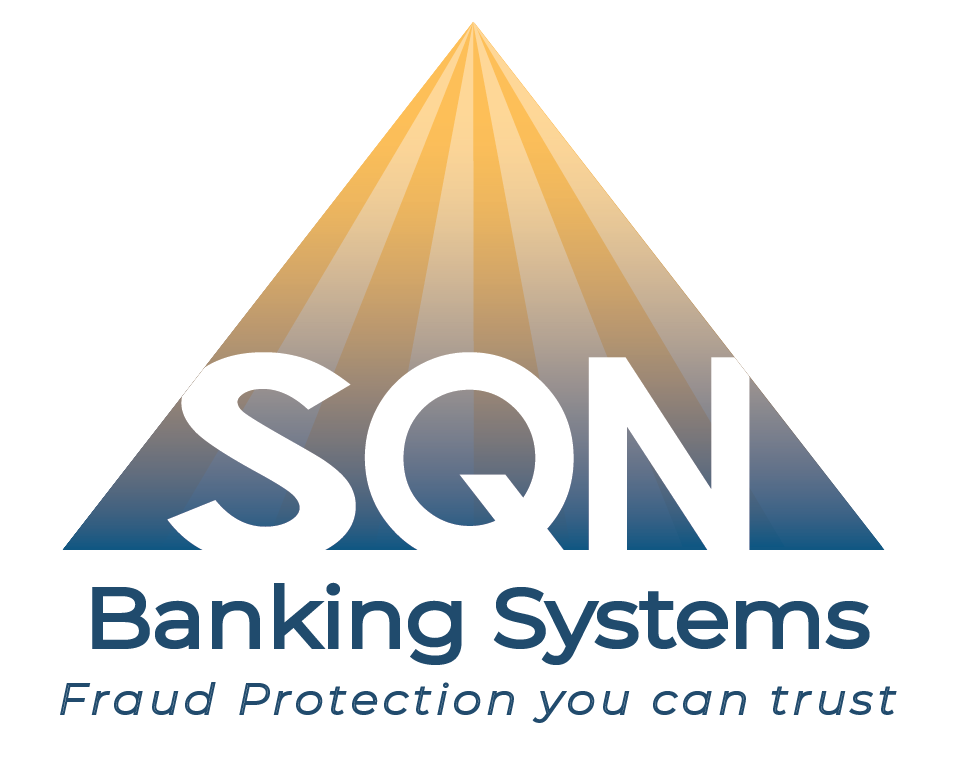Why Digital Safe Deposit Box Management Is a Must for Banking Compliance
As banking continues to evolve digitally, one area that often remains overlooked is the management of safe deposit boxes. While online banking platforms, mobile apps, and fraud detection systems have advanced rapidly, many financial institutions still rely on outdated, paper-based systems to manage their safe deposit box operations. This not only introduces operational inefficiencies but also creates regulatory and reputational risks. In this article, we will discuss how these risks emerge from outdated systems and how an updated digital safe deposit box management system can help mitigate these risks while reducing workload for employees.

💡 Did you know? Safe deposit boxes are not federally regulated. Instead, they fall under a patchwork of state-specific laws, making it even more critical for financial institutions to maintain accurate records and compliance processes.
That’s where digital vault management systems come into play. Here’s why upgrading to a digital solution isn’t just a modernization step—it’s a critical compliance safeguard.
1. Transparent Audit Trails and Digital Logging
One of the biggest challenges with paper-based systems is the lack of reliable audit trails. If there’s ever a dispute about when a box was accessed or by whom, finding documentation is tedious at best—and non-existent at worst.
A digital system automatically logs every access, update, and action taken within the vault management platform. This ensures:
- Clear dual control evidence
- Time-stamped digital logs for compliance audits
- A defensible position in the event of customer or legal inquiries
2. Automated Compliance with State Abandonment Laws
Each U.S. state has specific laws on when a safe deposit box is considered abandoned and what procedures must follow—such as customer notifications, publication requirements, and escheatment to the state.
A digital platform helps ensure compliance by:
- Tracking inactivity timelines
- Automating customer notifications
- Generating reports for escheatment processing
Manual tracking introduces significant risk of human error, which can lead to regulatory violations or customer dissatisfaction. Digital systems mitigate these risks automatically.
3. Centralized Recordkeeping Reduces Risk
Misfiled agreements, illegible handwriting, and lost access forms are common issues in paper-based vault systems. These can create headaches during audits or legal disputes.
With a digital solution, customer records, signed lease agreements, access logs, and even box photos are all stored in a centralized and searchable platform—protected by role-based access controls.
This reduces risk, supports business continuity, and provides a clear path forward in the event of staff turnover or disaster recovery scenarios.
4. Faster, More Secure Access to Information
When regulators, internal auditors, or legal teams need access to vault records, time is critical. A digital system enables:
- Instant search by customer name, box number, or date
- Exportable reports with no manual paperwork
- Audit-friendly summaries with minimal staff involvement
This efficiency reduces labor costs and ensures you’re always prepared for an audit—whether it’s from a state regulator or your own compliance department.
5. Customer Trust and Professionalism
Today’s customers expect modern, secure experiences in every interaction with their financial institution. Paper logs and outdated access procedures don’t inspire confidence—especially when trust and security are paramount.
Digital vault management communicates professionalism, transparency, and care for customer property. It’s not just about compliance—it’s about delivering a higher standard of service.
Comparison: Manual Logging vs. Digital Safe Deposit Box Systems
| Feature/Concern | Manual Logging System | Digital Safe Deposit Box System (e.g. SQN Safe Deposit) |
| Activity Log | Paper logs prone to error | Real-time digital access logs with time stamps |
| Compliance with State Laws | Risk of missing critical documentation | Automated alerts and reporting to meet regulations |
| Audit Readiness | Tedious and time-consuming | Instant reports with full audit trails |
| Billing | Often separate and inconsistent | Integrated billing, lease agreements, and access in one system |
| Customer Notification | Manual reminders, often delayed | Automated delinquency and expiration alerts |
| Disaster Recovery | Paper logs can be lost or damaged | Secure cloud backups and encryption |
| Operational Efficiency | Labor-intensive processes | Faster, streamlined workflows |
The Next Step: SQN Safe Deposit
If your financial institution is ready to move away from outdated manual processes, SQN Safe Deposit offers a fully digital safe deposit box management system designed specifically for banks and credit unions.
Our solution helps you:
- Completely digitize the safe deposit box management system
- Digitized photos, signatures, and rental agreements
- Centralized activity log
- Automated billing, Invoices, and late notices
- Stay compliant with evolving state laws
- Deliver a modern, audit-ready experience for staff and customers
Don’t let legacy processes put your institution at risk. Reach out today to learn how SQN Banking Systems Safe Deposit can help you modernize your vault operations while staying ahead of regulatory requirements.
Final Thoughts
Banks and credit unions that continue to rely on manual, paper-based safe deposit box processes are taking on unnecessary risk in a regulatory environment that demands precision, documentation, and timeliness.
By switching to a digital safe deposit box management system, you not only streamline your operations but also ensure your institution is prepared to meet state regulatory requirements—confidently and efficiently.
